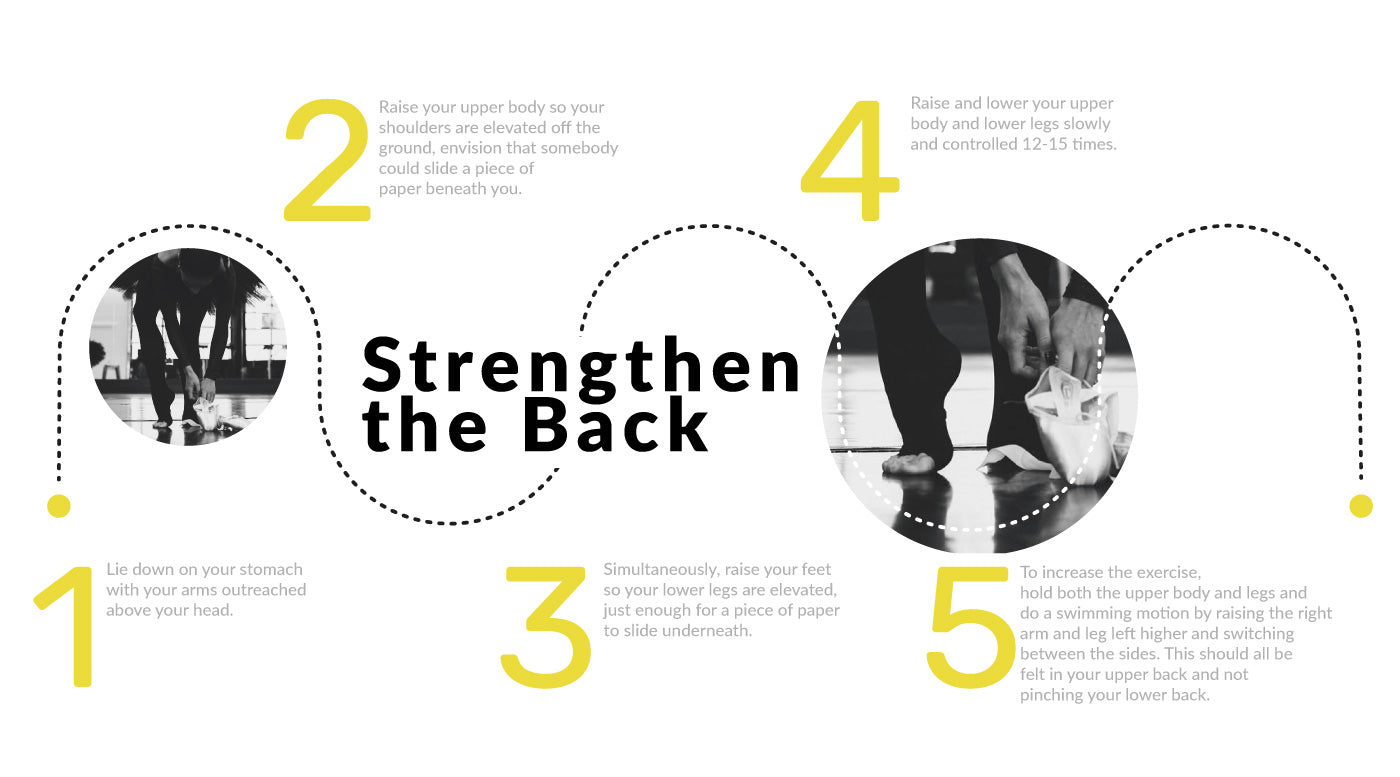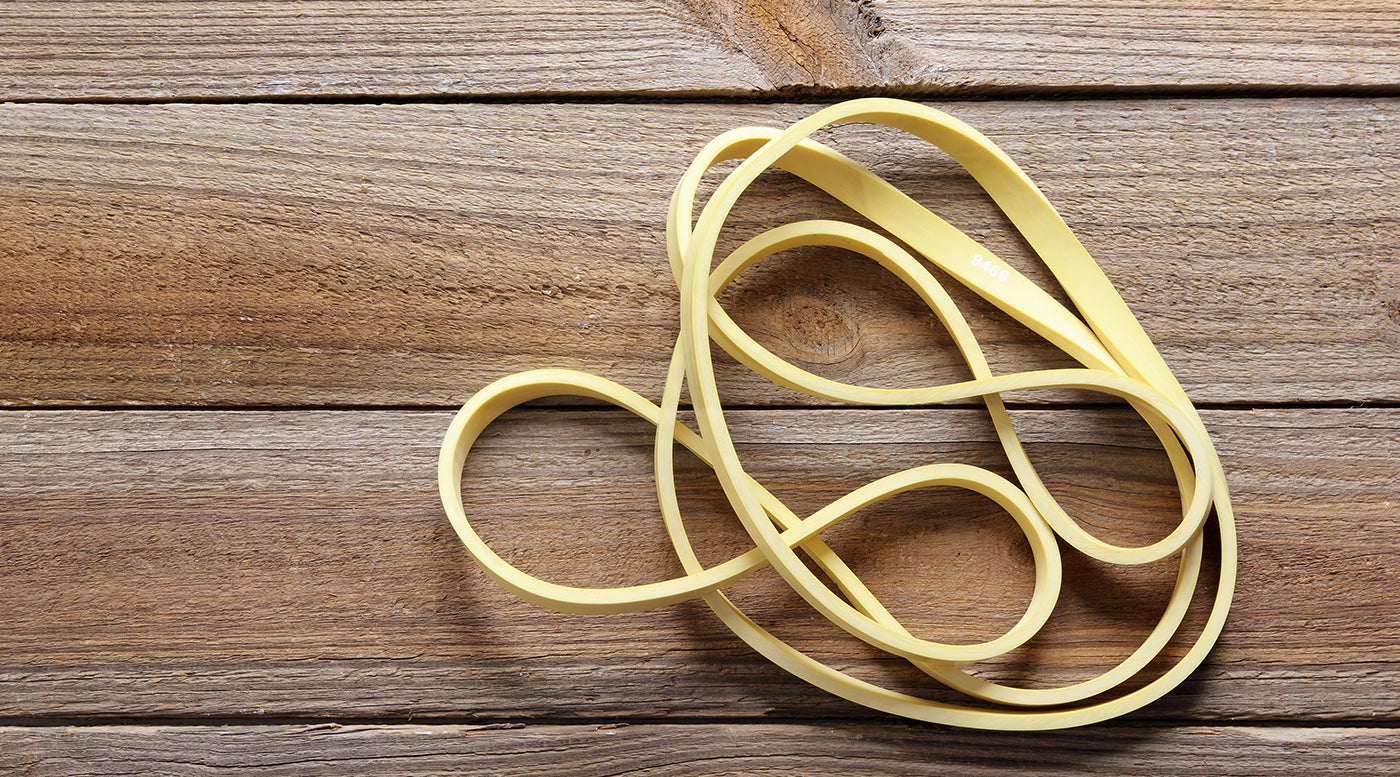Your Cart is Empty
How to improve an arabesque is something that most dancers seek out at some point throughout their career, whether that’s in hopes of dazzling the judges in an audition, or purely because they just want to finally get past that difficult 90 degrees angle. After all, arabesque can be one of the most picturesque, breathtaking positions in ballet. To attain that grace and poise requires strength, flexibility and a whole lot of determination. There are so many ways to improve your arabesque, which is why today we’re sharing with you arabesque leg exercises to help you go above and beyond to get that arabesque you’ve always dreamed of, and deserve to have.
To achieve your best possible line, you must first picture and think about doing an arabesque in that way. If there is any shadow of a doubt, or worry, in your mind about getting your leg up, we guarantee that you’re not executing it properly.
Arabesque, by definition, is a form on artistic design consisting of surface decoration based of rhythmic lines and patterns scrolling and interlacing, often combined with other elements. In ballet, however, it’s when the dancer is supporting on one leg, whilst the second leg is working directly behind the body. That element of arabesque in Arabic fashion is still recognisable in the dancing world. Depending on where the arms are placed, or the facing of the body, there are so many different variations of positions of arabesque. All of which take a toll on a dancer and push them to the limits. Whether you’re aiming for a delicate 45 degree, a perfect 90 degrees or a leg so high it reaches the sky, our tips and tricks should help you to achieve the arabesque worthy of an Instagram post or two.
In terms of first getting into an arabesque, this can be done from developpé, fondu or from cambré. No matter how you get into the perfect arabesque ballet move, the back working leg must remain straight and behind the body, the supporting leg can be in plié or straight. How your transition and finished arabesque will be will all be down to how your director or teacher has envisioned the art, be sure to take notes of how they visualise the piece to be.

Although many people will lead you to believe it, an arabesque is not all about bending yourself in half. Although increasing flexibility in your back can improve your arabesque, it’s not the be all and end all. In fact, to get the best arabesque, you’ll want to improve your back strength, leg strength and flexibility and tune into your mind to work those muscles.
To achieve your best possible line, you must first picture and think about doing an arabesque in that way. If there is any shadow of a doubt, or worry, in your mind about getting your leg up, we guarantee that you’re not executing it properly. Instead, picture the arabesque extending from inside of your leg, rather than the tip of your hip. This taps into muscles and gets them working, ones that are essential for a breathtaking arabesque but won’t kickstart into action if you’re thinking about the hips. Get those leg muscles awake and moving. Just by tapping into those muscles, your line will be lengthened and even raised. Once you’ve raised your leg at the back, work your inner thigh. Effectively, your knee will be extended and straighter and the position will feel lighter than before.
Your glutes are critical in the arabesque ballet move, they’ll push your turnout and aid you in standing firmly on your supporting leg. To ensure that you’re working them properly stand with your body towards the barre with your shoulders and hips pressed lightly onto it, double check that your heels are aligned under the hips in a neat fifth position.
We know we drill into this a lot, and we know most of you know already, but warming up and cooling down really does make a difference. You’d be surprised at how many people cut out a cool down, through lack of time or energy. It’s not worth it. You need to be warmed up and safely cooled down to make any exercise worth it. You’ll want to focus on your core, your back and your legs. A pre-arabesque warm up for wanting to raise an arabesque should include spine rolls and body and leg swings.

This effective arabesque leg exercise will assist you in getting your arabesque higher by tapping into the muscles you need the most.
Your glutes are critical in the arabesque ballet move, they’ll push your turnout and aid you in standing firmly on your supporting leg. To ensure that you’re working them properly stand with your body towards the barre with your shoulders and hips pressed lightly onto it, double check that your heels are aligned under the hips in a neat fifth position. Once you’ve sorted your position, place your arms on the barre lightly and turn your head towards the supporting side and do a tendu. That’s when you’ll feel just how much you need to engage your glutes to maintain a turnout in the arabesque dance move, once the sensation is in the backs of your legs.

There are lots of exercises that can aid your back in strengthening to increase the height of your arabesque ballet move. This back exercise can help you to strengthen your back by working on your upper back.
We talked about different ballet equipment that can aid your classes on our Ballet Equipment That Helps Ballet Class and Preparations blog post and that rings true again today with the arabesque. A resistance band can be a great piece of kit to help you assume a position and hold it there to engage the muscles. Get yourself into position with the resistance band safely secured and lengthen down into the resistance by extending the leg, lift a couple of inches. Repeat this for 20 times, then rest and repeat. You’ll want to aim to do this for 3 sets per workout. By resisting the resistance as though your pushing your leg down to the floor targets the muscles you need for the incline. Followed by a relaxation phase this allows the muscles to resume position to then go again, building muscle memory. Finishing with a limb movement allows for a much greater range of motion.

To prevent unbalance or wobbling on your supporting leg, ensure that you are distributing your weight effectively. Work and maintain on focusing on the ball of the foot, as opposed to the heel. You can pull back and save an arabesque that is too far forward, but you’ll have a near enough impossible job at saving one that starts falling back onto the working leg.
Trusted by some of the most acclaimed dancers, ambassadors, rising stars, professionals, dance teachers and customers, Zarely tights with the enhanced hyperextended leg line have been known to instantly provide a small boost in arabesque and leg exercises. Worn and trusted by ballet dancers at some of the world’s top companies, such as New York City Ballet, Berlin State and Bolshoi, dancers boast about the freedom of movement, extended leg lines and compression technology which helps prevent swelling and enhances blood flow. The right equipment gives you the best start by putting your best foot forward, or backwards in this case!
Arabesque leg exercises and back exercises don’t lead to instant change. Flexibility and strength won’t come all at once, after all, Rome wasn’t built in a day. It takes time. Gradual changes. Gradual improvements will make all the difference when it comes down to it. Ensure you’re never stretching and working out the point of real pain, tearing a muscle will only hinder your performance. Make gradual changes and see a real difference in your arabesque ballet move for your next performance. You’ve got this.
Comments will be approved before showing up.
